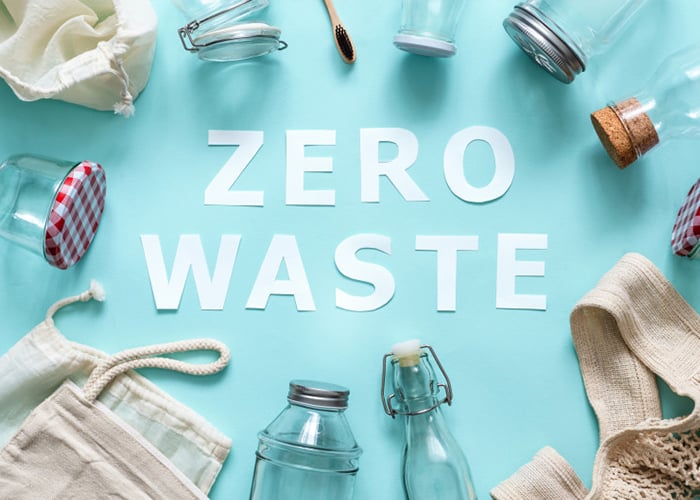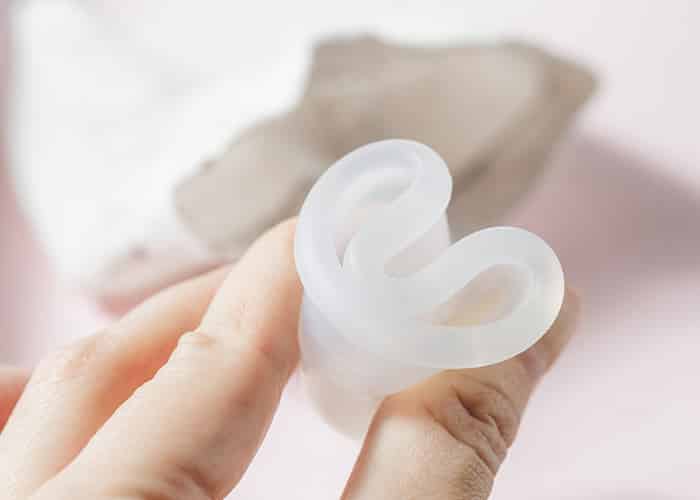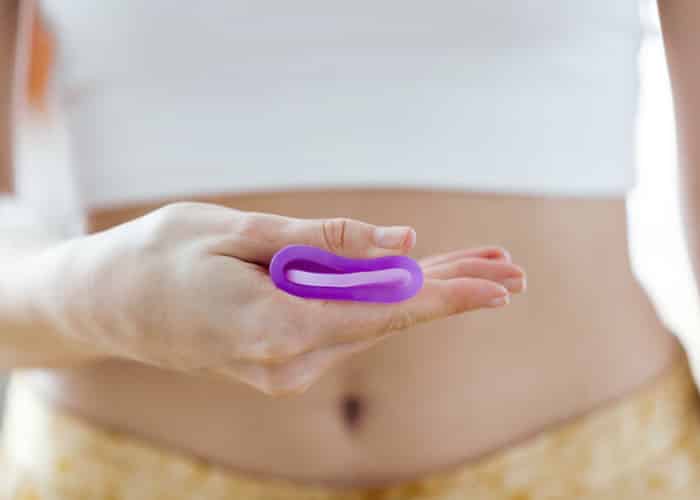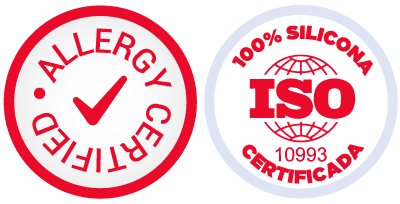Leading a “zero waste” life may sound difficult. It’s so easy to carry your food in a disposable container, then throw it in the trash can and forget about washing dishes or cutlery.
Plastic certainly boomed with industrialization; it was easy to transport, easy to consume, and offered low costs and high practicality. However, it was not until the mid-1970s that science and health organizations noticed something important: we were running out of resources at an alarming rate, our protective ozone layer had a huge hole, and this was all because of pollution and excessive consumption
Fortunately, more and more people today have bravely decided to take a step towards reducing their mark on the planet.
Of course, reducing our waste is a challenge and much more so talking about intimate hygiene. With menstruation and the use of pads and tampons, it sounds like an uphill battle. But on the positive side, it’s not impossible; in fact, it’s very easy.
For many, it’s already a lifestyle. But if it’s not your case, there are many habits you can start to contribute to the cause and won’t make you feel like you’re sacrificing too much from the start.
Visit our article: Living Plastic-Free: How to Menstruate Without Harming the Oceans
First: What is zero waste?
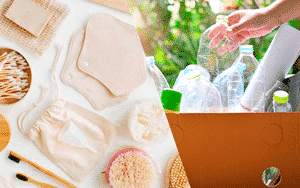
First of all, we must clarify that in this philosophy the difference between garbage and waste is very clear. The first includes everything that can be reused and recycled, as is the case with plastic bottles, paper, food containers, bags, etc. Waste, on the other hand, are items that have exhausted their potential for reusability. An excellent example that we all know is pads and tampons.
Zero waste has five pillars identified as the 5 “Rs”:
Reject what is not needed, such as straws, plastic cups, or coffee cup lids.
Reduce what we regularly need to use.
Reuse or repurpose what we already have.
Recycle what can be used for other purposes.
Rot. Try to generate compost from the waste of certain foods.
How can I reduce waste if I menstruate every month?
Yes, women are confronted with an extra challenge when we talk about being “zero waste.” Although it’s possible to retain menstrual flow by practicing free bleeding, not all of us have mastered that art.
Intimate hygiene products are undoubtedly necessary. Tampons and pads have dominated the market for decades, as they are practical, prevent leakage, and sold at a low price per package. This, of course, equates to a high cost over time, not only for our pockets but for the environment.
Fortunately, the menstrual cup is the best ally for our environment and our bodies and is here to stay. It complies with the basic principles of zero waste since it’s reusable. With the purchase of a menstrual cup, you can guarantee that you will have sustainable periods for up to 10 years.
You no longer have to throw away hundreds of tampons and pads every month, every year, and every decade of your fertile life.
Additionally, you won’t just reduce your carbon footprint; medical-grade silicone is 100% hypoallergenic and doesn’t produce inflammations or release toxic substances as plastic-based materials do. In fact, it has been scientifically proven to be safe and leak-free.
So yes, it’s possible to become part of this ecological culture and at the same time not worry about leaks and stains on your clothes.
Why the menstrual cup is eco-friendly
As mentioned above, it is reusable: at the end of your period, you can sterilize it by boiling it and save it for your next period. This can be done for up to 10 years.
And what happens after these first 10 excellent years of use? You can cut the silicone from your cup into small pieces to make compost. The basis of silicone is silicon, one of the most abundant elements on planet Earth. After a while, your cup will disappear.
Menstrual cups do not contain contaminants inherent in fragrances and preservatives found in other intimate hygiene products.
If we put it into perspective, each woman in her fertile stage menstruates 10 times a year on average. About one pack of pads or tampons is used per period (and sometimes even more); and if each package has 10 pads, that’s 100 products a year we’re adding to the trash.
It should be noted that this amount of garbage is only produced by one woman in a year, so how much garbage is generated annually among all women of childbearing age on the planet? And menstruation won’t stop.
On the other hand, plastic can be “recycled” only once. It then becomes trash, breaks down into small pieces, and pollutes the soil and oceans.
Likewise, the materials from which these products are made are highly toxic to our body and to the environment. There you can find polyethylene, which is plastic, polypropylene (plastic-based fabric), cotton, bleaching, and flavoring containing agents such as:
- Chlorine: the main bleach used for cotton and other textiles used in pads and tampons.
- Rayon and cotton: Rayon is a synthetic textile from chemical processes of oil, wood, and coal. It’s associated with vaginal infections and toxic shock syndrome (TSS). On the other hand, cotton is a natural fabric, but we must remember that cotton crops are often fertilized and treated with chemical pesticides which may end up harming our health.
- Polyacrylate: the famous super-absorbent gel in tampons and pads. It is an artificial product also associated with TSS.
Our menstrual cups, such as Sileu Rose, will come in packs made of PLA (polylactic acid), a material based on vegetable glucose that biodegrades in contact with the earth within six months and approved by EN 13432.
On the other hand, the cotton in the bag where you will store your menstrual cup will be organic, 100% compostable, and GOTS (Global Organic Textile Standards) certified to ensures the textiles used are eco-friendly and socially sustainable.
Other ways to join “Zero Waste”
This pro-environmental movement is promising, and the results can be seen as more people become aware of the changes we need to make to ensure our future safety.
Each of these actions you add to your habits counts, so don’t be discouraged; it’s very simple. Some of the first steps you can take to joining the movement are:
- Don’t buy bottles, glasses and disposable plastic plates. You can carry water in a reusable bottle (there are very nice, practical ones on the market.)
- Recycle what you have at home: reinvent your wardrobe or donate those clothes you no longer wear. You can recycle the paper you’ve already used, even to wrap gifts.
- Disconnect mobile phone chargers when not in use. Even when connected, they expend energy.
- Take your own cloth bags to the supermarket, so you won’t need to use plastic bags.
- You can produce very good compost material with eggshells, vegetables you no longer use, or from any leftover salad.
